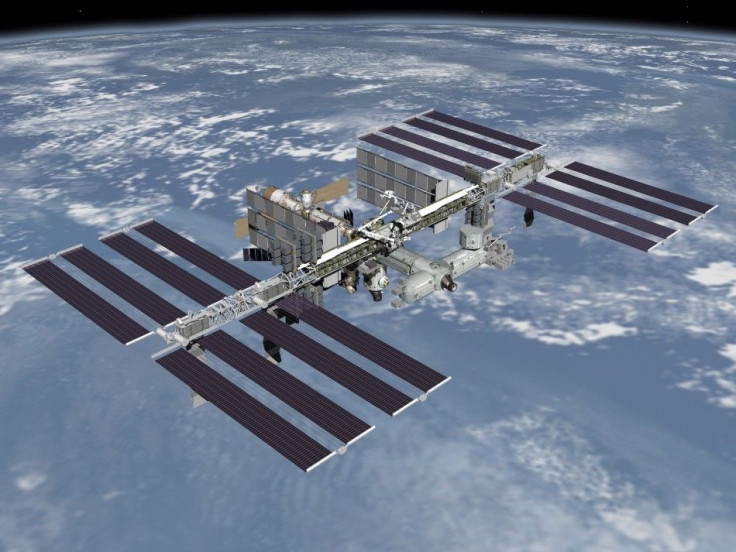What Will the International Space Station Do Until 2020 & Beyond?

Now that NASA is done with its Space Shuttle Program, the $100 billion International Space Station it worked so hard to build will stay afloat in space until at least 2020, according to comments by Russia's space agency.
A NASA spokesperson told Fox News that the U.S. is working to extend its life until 2028.
So what will the International Space Station do for the next 10 years and possibly beyond?
The space station was built so that scientists can carry out experiments in a low gravity environment. To that end, these experiments will continue and opportunities to conduct them will expand to more entities.
The U.S. government is working to allow private firms, universities, and various government agencies to conduct experiments in areas like human health, vaccine development, gene differentiation, plant studies, propulsion technologies, surgery, and robotics.
Furthermore, the International Space Exploration Coordination Group, which consists of representatives from the countries that collaboratively built the station, aims to use it as a test bed for technologies that will enable deep space exploration to Mars, moons, and asteroids.
Deep exploration is the primary focus of NASA going forward.
Furthermore, instruments installed on the space station will continue to capture images and other data from outer space.
Below is a detailed text release of specific activities NASA expects the space station to conduct going foward:
- The Alpha Magnetic Spectrometer has collected more than 2 billion observations of galactic cosmic rays since its launch and installation on the space station in May. The astrophysics instrument is a partnership of hundreds of scientists and sixteen countries led by Nobel laureate Samuel Ting.
- Robotic technologies developed by the Canadian Space Agency (CSA) for the station have been used to improve the dexterity of surgeons in fine scale surgery. NASA will be testing a humanoid robot, Robonaut, developed in partnership with General Motors in the coming months. The first test of robotically controlled refueling in orbit, developed jointly by NASA and CSA, launched earlier this month aboard Atlantis' STS-135 flight.
- The space station partnership is working to share data from remote sensing instruments mounted on the orbiting outpost and to increase the application of such data to disaster response. The Hyperspectral Imager for the Coastal Ocean has collected more than 3,510 images, providing unprecedented spectral resolution of difficult-to-map coastal waters. The International Space Station Agricultural Camera collected its first images on June 10. Its data is used to assess crop health and rapid changes during the growing season.
- NASA's studies of crew health have identified relationships between diet and bone loss that offer important insights for future studies. Recently published data on chemical changes in pharmaceuticals identified that low-dose ionizing radiation in orbit degrades many medications, and that additional development of space-hardy medications will be needed for human spaceflight beyond Earth orbit.
- The Russian Federal Space Agency, Roscosmos, continues experiments aimed at human adaptation to future long-term expeditions. Effects of the flight conditions on the cardiovascular system, the respiratory system and bones are being investigated in dedicated medical experiments. Wheat and vegetables are being planted, followed by genetic, microbiological and biochemical tests of the plants. Four different long-duration Russian astrobiology experiments from Expose-R returned after two years of open space exposure.
- In addition to astronomical and Earth observations, Japan promotes biotechnological research by analyzing structures of high-quality protein crystals created on the station leading to treatments for muscular dystrophy. Japan also continues experiments related to future long-term human spaceflight missions such as investigating bone loss mechanism, the effects of radiation and countermeasures of those. Scientists have gained insight to the fields of fundamental life and materials science from research conducted in the Kibo laboratory.
- With the return of European Space Agency (ESA) astronaut Paolo Nespoli in May, ESA successfully concluded a focal set of research known as the "MagISStra" mission. Recently returned long-duration experiments include: a year-long radiation exposure experiment conducted with Roscosmos, nine different European astrobiology experiments after two years of open space exposure and the CFS-A study of fungi after five months in space. The completion of the ZAG and Otolith experiments by shuttle crew members gives new, unexpected insight into human balance. The Materials Science Laboratory now has the ability to cool rapidly metal alloy samples, with new cartridges expanding its use by the research community. These experiments are being performed in collaboration with the station's international partners.
- Educational activities on the station reach thousands of students around the world. In May and June, hundreds of thousands of students watched the adaptation of spiders to a space environment and compared their behavior to spiders in classrooms on Earth through the website BioEdOnline.org. The spiders returned to Earth on Thursday, July 21. Students in the U.S., Europe and Japan had the opportunity to propose investigations for the space station and astronauts conducted the winning activities.
Must Read: Earth's First Trojan Asteroid Discovered [PHOTOS & VIDEO]
© Copyright IBTimes 2024. All rights reserved.





















